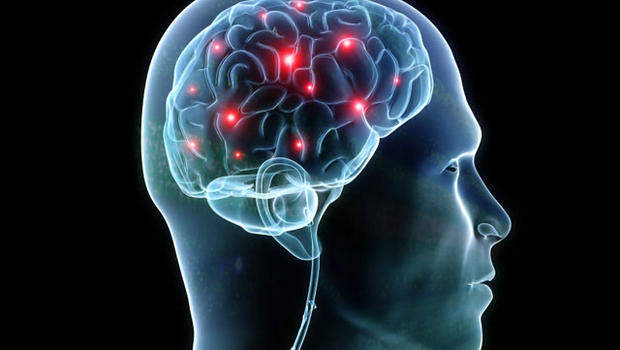
A team of researchers is examining the painkilling region of the brain for possible opioid alternatives in the treatment of chronic pain, a condition that affects as many as one in three people at some point in their lives. The University of Cambridge is leading the study alongside researchers from Japan and the UK, with their findings published in the open access journal eLife.
The area of the brain under examination is the endogenous analgesia, which is central to the brain’s natural pain relief system and is the target of many existing opioids. The researchers hope that studying this area could help to develop medications that activate the painkilling system without the dangerous and addictive side-effects of opioids.
“We’re trying to understand exactly what the endogenous analgesia system is: why we have it, how it works and where it is controlled in the brain,” said head of the research team Dr Ben Seymour.
“If we can figure this out, it could lead to treatments that are much more selective in terms of how they treat pain.”
There is an increasing emphasis on finding alternatives to opioid painkillers, with addiction and overdosing becoming a mounting problem in the US and elsewhere. Drug overdose is the leading cause of death in people under 50 in the US, with opioid overdoses making up two-thirds of those deaths.
The researchers identified what they termed ‘healthy pain’, which diminishes our desire to exert energy on unnecessary activities and forces us to rest and recuperate. Seymour and his colleagues believe that this ‘healthy pain’ can prove problematic as it could prevent us from actively seeking out remedies, for instance finding a way to cool a burn. The team believes that in these situations the brain’s painkilling system could be activated to help sufferers find relief. Using brain scanning technology, the researchers created a pair of experiments to try and prove their theory, and to identify where in the brain the pain relief system was activated.
How well do you really know your competitors?
Access the most comprehensive Company Profiles on the market, powered by GlobalData. Save hours of research. Gain competitive edge.

Thank you!
Your download email will arrive shortly
Not ready to buy yet? Download a free sample
We are confident about the unique quality of our Company Profiles. However, we want you to make the most beneficial decision for your business, so we offer a free sample that you can download by submitting the below form
By GlobalDataThe first experiment involved researchers attaching a metal probe to the arm of a series of healthy volunteers. The probe was heated up to a level that was painful but would not burn the participants. Volunteers then had to find the button on a small keypad that could cool down the probe, with varying levels of difficulty over the course of the experiment. Researchers constantly monitored the volunteers’ brain activity and asked participants to rate their pain.
Findings showed that the level of pain volunteers said they experienced correlated to how much information the task required them to learn. When attempting to find out which button to press, the reported amount of pain was reduced. However, when subjects knew which button they had to press the pain remained the same. As such, researchers concluded that the brain was actually computing the benefits of actively looking for and remembering how to get relief, and using this to control the level of pain.
In the second experiment researchers identified the signal activated in this process, found in a region of the prefrontal cortex called the pregenual cingulate cortex.
“These results build a picture of why and how the brain decides to turn off pain in certain circumstances, and identify the pregenual cingulate cortex as a critical ‘decision centre’ controlling pain in the brain,” said Seymour.
It is this ‘decision centre’ that will be the focus of future trials. In particular, the team will try to understand what happens to this brain region when stimulated by opioid drugs and how it could otherwise be activated for the treatment of chronic pain.







